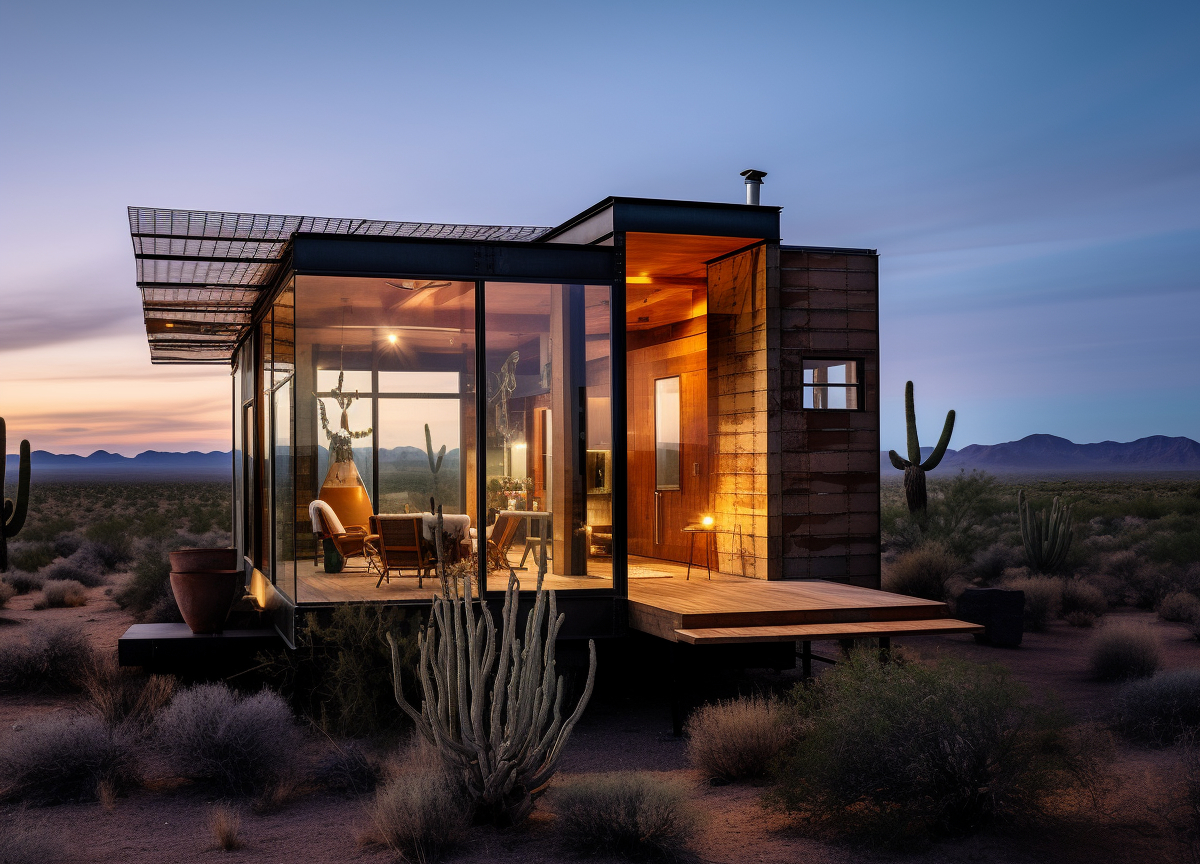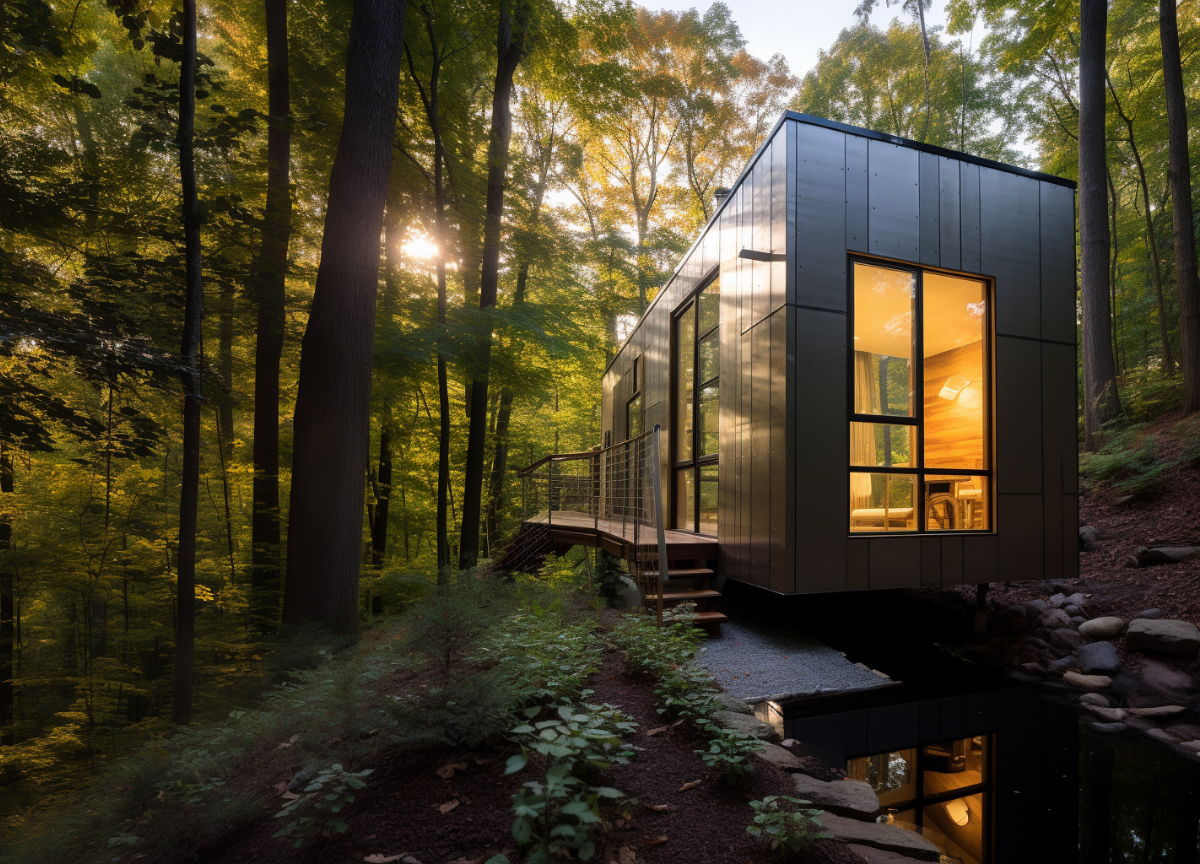5 key facts about this project
Shift is an intervention located at the edge of a volcano, designed to enhance how visitors interact with the landscape. The project features a series of stepped terraces that rise from the slope, elevating visitors to a height of 6.25 meters above the volcanic edge. This tiered structure not only allows for impressive views but also integrates the built environment with the unique geological features of the site.
Terrace System
The terraces are created using a method of site casting that incorporates a "corral." This corral is shaped to fit the contours of the landscape and acts as a retaining wall for the layers of terraces. Each level is back-filled with rocks and debris sourced directly from the site. This approach ensures that the design respects the local ecology and minimizes disruption to the natural environment.
Textured Surfaces
A notable feature of the terraces is their textured walls, achieved through reusable urethane form liners. This technique gives the surfaces a geological quality, distinguishing them from the surrounding area. The texturing creates folds and pleats that mimic natural rock formations, adding visual richness to the overall design while maintaining a dialogue with the landscape.
Pathways and Accessibility
The design thoughtfully accounts for visitor movement, incorporating pathways that allow for easy navigation across the terraces. These pathways invite exploration at various levels. The layout encourages visitors to engage with their surroundings and promotes a deeper connection to the volcanic landscape beyond the architecture itself.
Views and Engagement
At its essence, Shift draws attention to the relationship between the constructed space and the natural world. Each terrace is positioned to frame stunning views of the volcanic terrain. This strategic placement creates moments for reflection. The terraces act as frames, guiding individuals to appreciate the dramatic scenery. Visitors are not just observers; they are invited to immerse themselves in the landscape through careful design.



























